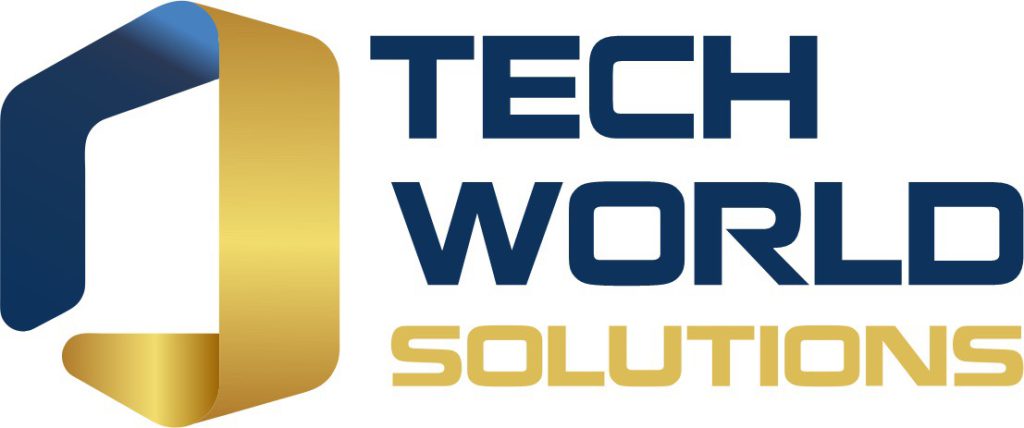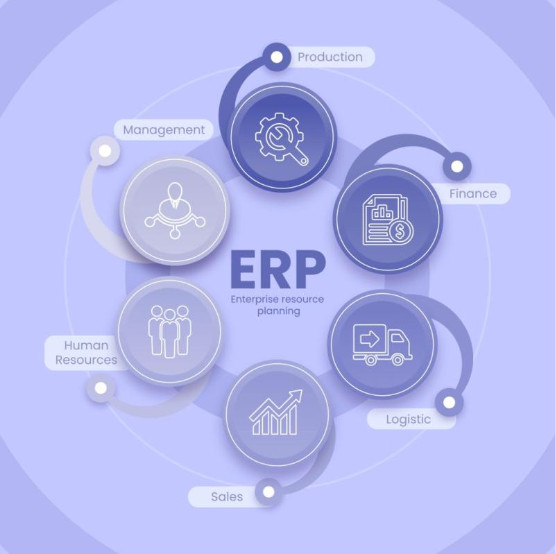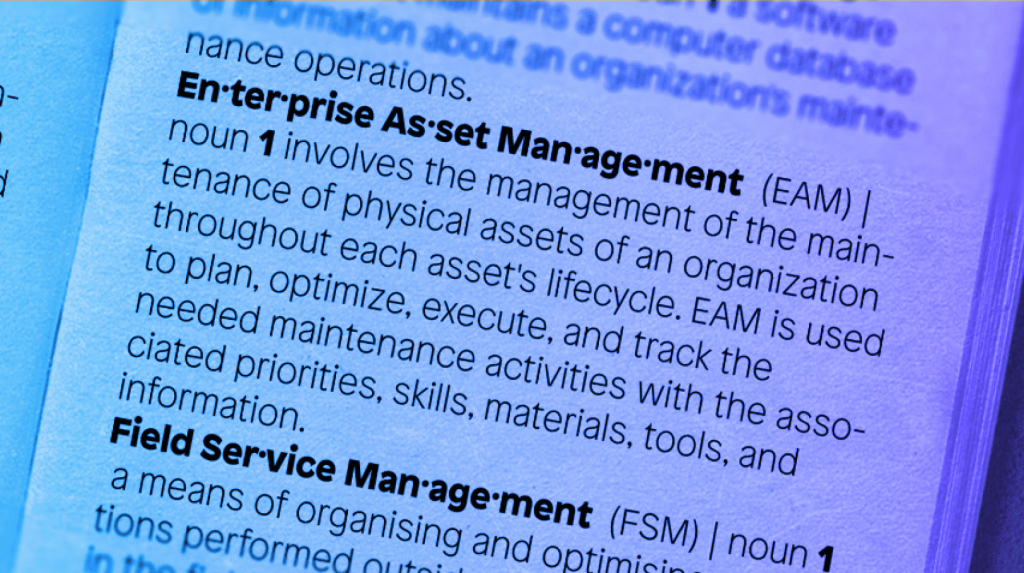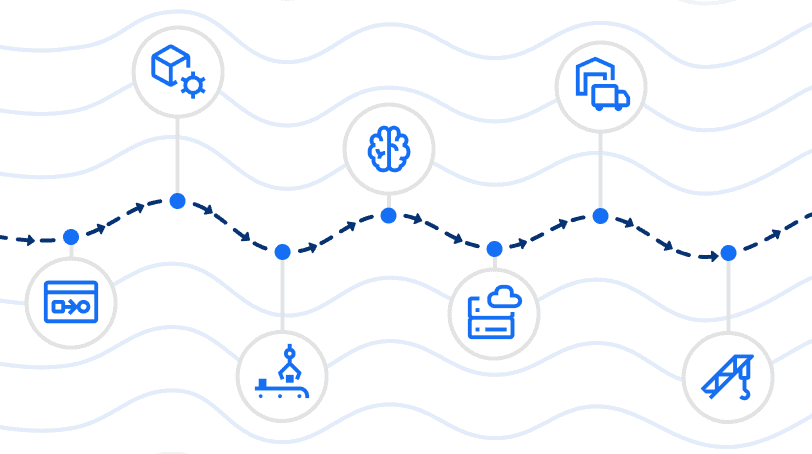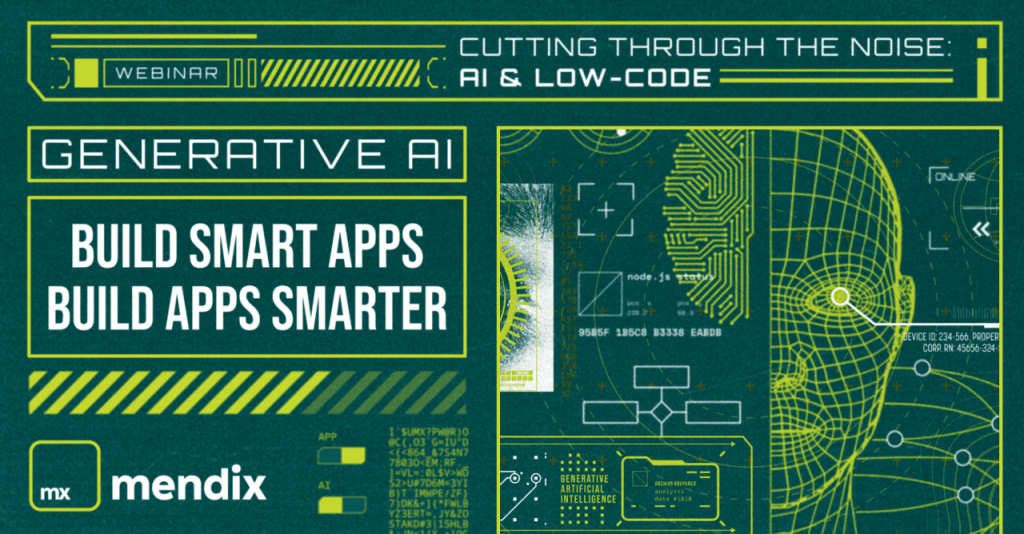Digital Transformation Extended: The Ecosystem Imperative
As multiple waves of unexpected events disrupt the classical flow of business, organizations realize they can’t address the challenges on their own. As such, there continues to be an evolution of industry ecosystems from a static list of partners to a dynamic team of on-demand co-innovators.
On-demand co-innovators ensure more flexibility
This new industry ecosystem consists of a diverse, flexible, and scalable mix of technology vendors, end users from different but related industries, industry organizations, industry consortia, supply chains, service providers, public sector entities, and service and expert networks. Even citizen developers are an emerging part of ecosystems.
The collective mission of these partners is to serve the end customer, consumer, citizen, or patient directly or indirectly by leveraging the right mix of data, applications, and operations inside and outside the core industry.
Organizations, friend, and foe, now work together to share data and insights, share applications, and share operations and expertise, as well as deliver products, services, and experiences in a blended physical and digital way. Manufacturers leverage ecosystems for innovation and manufacturing capacity, healthcare organizations share data and knowledge to improve patient outcomes, energy providers and construction contractors’ team up and share applications, operations, and expertise to ensure safety, quality, and high performance, and retailers work with their ecosystem partners to deliver goods and services to consumers in a blended physical and digital way. Examples include:
- OpenPediatrics: Platform for healthcare clinicians to share best practices and knowledge on pediatric care worldwide, developed through IBM and Boston Children’s Hospital in collaboration with Harvard and MIT.
- NumAlim: Data exchange and services for 18,000 agri-food enterprises in France to “acquire and enrich all types of data: consumer, traceability, consumer advice and surveys.” It also includes services such as trend analysis and regulation.
- Brainport Eindhoven: Netherlands-based tech ecosystem of OEMs, SMBS, manufacturers, and knowledge institutes that supports additive manufacturing, energy, semiconductor, and automotive.
- Manufacturing X: Shared dataspace for Industry 4.0 initiatives that span the production and supply chain. Participants include the automotive, electronics, food, engineering, chemical, and pharmaceutical industries, as well as government and academia
The entire production chain benefits from dynamic ecosystems All industries are focused on sharing data, applications, and operations to ensure environmental sustainability: specifically, according to our global survey, energy and water efficiency and reduction of CO2 emissions are the top focus areas.
Of course, the maturity of data sharing varies across industries: some only share necessary data, while others take a more open approach. Often these involve not only traditional partners but also competitors and organizations from other industries. IDC’s 2022 Future of Industry Ecosystems Global Survey (n =1,270: CXOS, business line leaders, and heads of IT) shows that the majority of new partners in 12 months for organizations will come from outside the organization’s core industry. This includes SMB and large companies. When data, applications, and operations are shared, ecosystem participants have collective visibility into the environmental impact and can ensure goals are consistently met.
An industry ecosystem that can flexibly adapt to needs. Industry ecosystems will play a critical role in the months and years ahead for organizations requiring a supporting cast of partners that function as a scalable extension of organizations, as well as a source of data and insight, co-developer of applications, and provider of shared operations.
CEOs, boards of directors, and business line leadership realize that a flexible industry ecosystem is necessary to move quickly to meet end customers’ changing needs, facilitate open innovation, ensure product and service safety and quality, adapt to any disruption, and evolve like a biological ecosystem.
After conducting our global Future of Industry Ecosystems annual survey, we spoke with end users across industry to better understand the challenges organizations face and how they are evolving their industry ecosystems. During these conversations, we learned that achieving an open, shared approach with partners is not always easy: data, applications, operations, and capital (human, asset, and financial) for every organization are disparate, business processes are disconnected, and security protocols and systems are not unified.
Having a business orchestration layer is the first step to broadening ecosystem collaboration. From here, organizations can develop a bidirectional data flow, or digital thread, connecting resources, data, and knowledge. They can also build a set of shared applications and operational assets that can be mutually leveraged for the industry ecosystems’ benefit. Developing innovation communities for their industry ecosystem partners is also a critical element, according to these end-user discussions.
Industry ecosystems are the next phase of digital transformation. The digital investments of the past decade are extending outside of the enterprise to the ecosystem, enabling new business models among partners, competitors, and customers. Several already exist in the market, including the Siemens Xcelerator open business platform and cross-industry ecosystem. Common characteristics of these ecosystems are enablement by cloud-based application and data marketplaces, use of blended physical and digital collaboration and customer experiences, and networks of experts that can support operations and innovation. Leveraging platforms such as this, we see organizations focusing on key use cases that span sharing of data and insights, sharing and co-developing of applications, and sharing of operations and expertise. Those that take this approach will see accelerated growth, and an improved ability to address any disruption or opportunity.
- Redefine strategies with Dynamics 365 Business Central
- Siemens delivers innovations in immersive engineering and artificial intelligence to enable the industrial metaverse
- Best Practices for Going the Last Mile with Your Mendix Application
- The 10 Biggest Cloud Computing Trends In 2024
- Empowering Innovation: The Dynamic Duo of Teamcenter and Mendix
Bài viết cùng chủ đề:
-
How Low-Code Facilitates End-to-End Process Automation
-
Enterprise Resource Planning (ERP)
-
Redefining Customer Management with Dynamics 365 for Customer Engagement
-
Redefine strategies with Dynamics 365 Business Central
-
Achieving Operational Excellence with ERP Optimization
-
10 Advantages and Capabilities of Dynamics 365 Integrations with Microsoft Applications
-
What Are the Differences Between EAM, CMMS, FSM, and ERP?
-
4 Ways Mendix Is Advancing Manufacturing
-
3 Reasons You Need to Rethink Low-Code Governance
-
Mendix on Edge: There’s Never Been a Better Way to Build Shop Floor Applications
-
Unveiling the Synergy: Mendix and AI Paving the Path for Future Business Success
-
Digital transformation requires accessibility, flexibility and scalability
-
Microsoft Dynamics 365: Driving Digital Transformation Across Industries
-
Siemens Xcelerator: digital transformation made easy
-
Empowering Citizen Developers with Mendix: A Revolution in Application Development
-
Embracing the digital transformation
